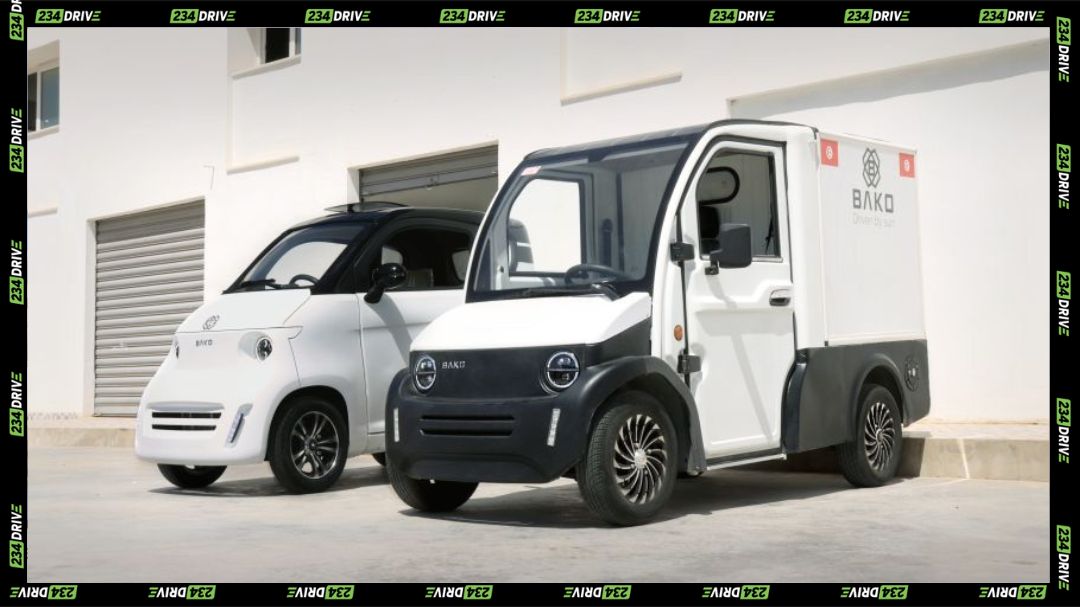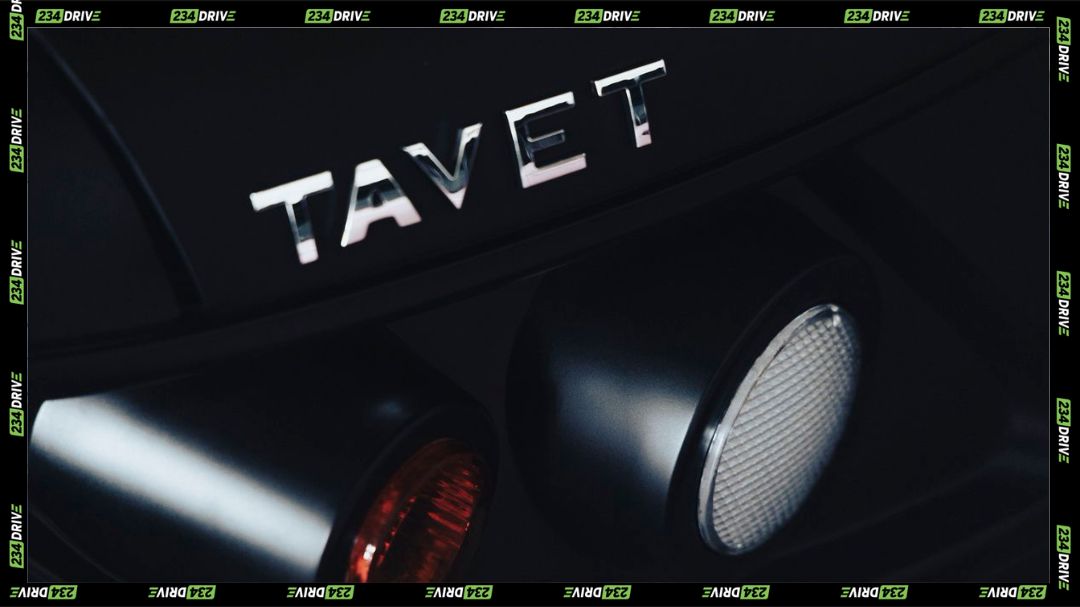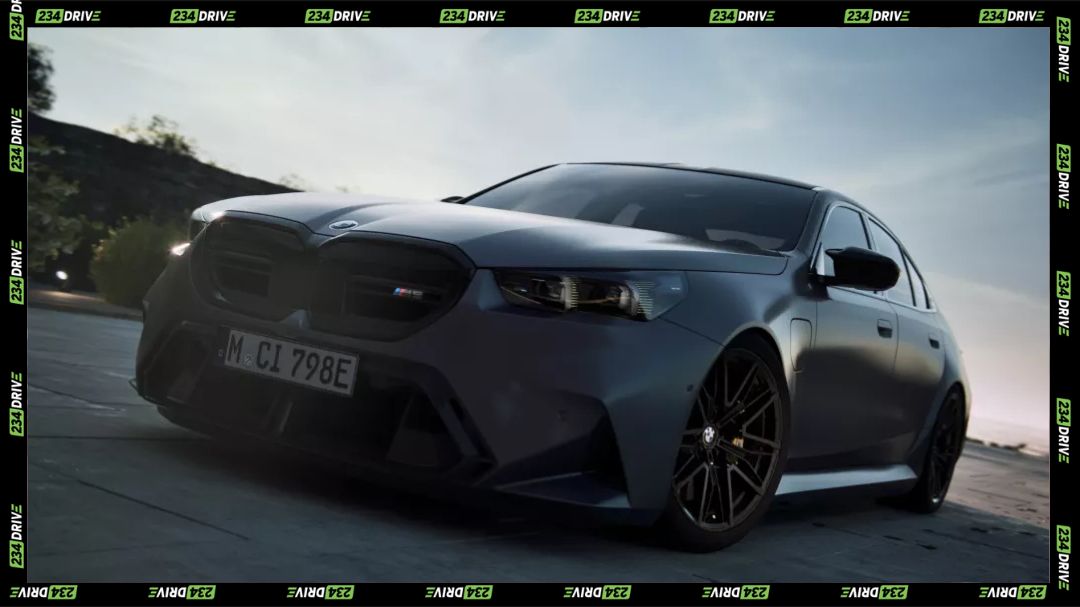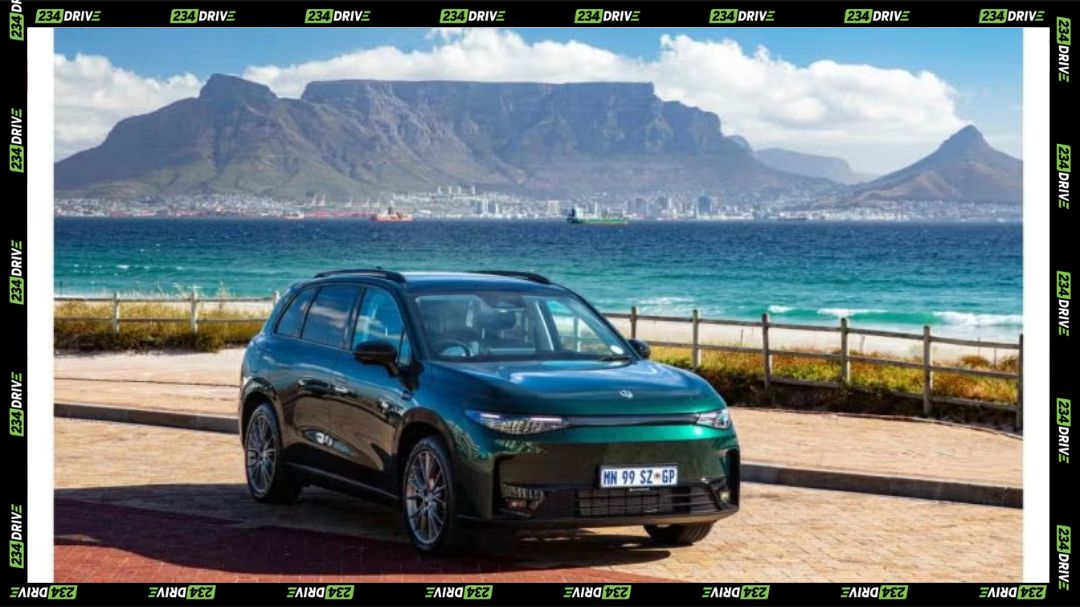Lepas, the premium SUV sub‑brand of Chinese automaker Chery, is preparing for its South African debut in 2026. Early speculation suggested a possible launch by the end of 2025, but the company has now aligned its plans for a 2026 rollout. The introduction will begin with the L4 compact SUV and the L8 flagship, with the L6 mid‑size SUV likely to follow shortly after. This staged rollout is designed to give Chery a presence across the compact, mid‑size, and flagship SUV categories, which remain among the most competitive in the market.
The name Lepas combines “Leap” and “Passion,” signalling the brand’s intent to create dynamic vehicles with expressive design. As part of Chery Holding Group, Lepas sits alongside Omoda, aimed at younger buyers, and Jaecoo, positioned for rugged off‑road appeal. Lepas, however, is intended to target a more premium audience. The brand is distinguished by its “Leopard Aesthetics” design philosophy, which features sleek lines, slim LED lighting signatures, and interiors with more refined materials. The overall aesthetic is bold, modern, and aimed at style‑conscious drivers who want advanced connectivity and comfort without paying traditional European luxury prices.
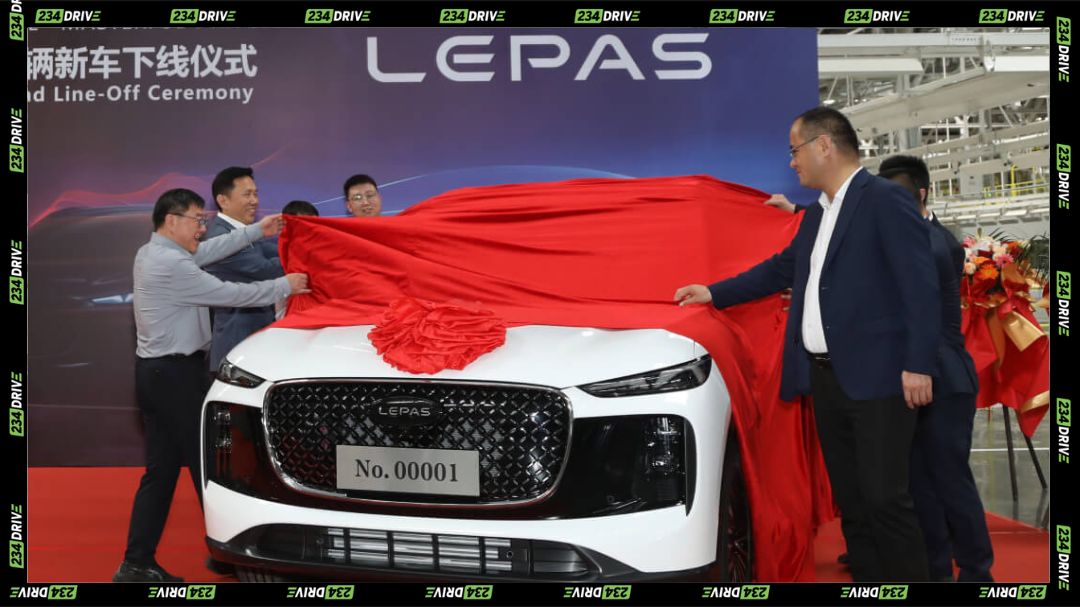
Globally, Lepas was unveiled at the 2025 Beijing Auto Show, drawing attention for its sharp design and ambitious positioning. Production of the first models began in mid‑2025, and South Africa is one of the first international markets confirmed to receive the vehicles. The early rollout strategy mirrors Chery’s wider global approach of building strong dealership networks and aftersales support before introducing more advanced electrified models.
In South Africa, petrol engines will dominate the launch range, with the L4 expected to use a 1.5‑litre turbo petrol producing around 108 kW and 210 Nm, the L6 a 1.6‑litre turbo at 145 kW and 290 Nm, and the L8 a 2.0‑litre turbo delivering about 187 kW and 390 Nm. While these figures are indicative, they place Lepas models firmly within the higher‑performance end of their respective segments. Chery has already committed to bringing at least eight hybrid models to South Africa across its various brands, so it is very likely that Lepas will eventually include hybrids or even plug‑in hybrids. At present, however, full battery electric vehicles remain off the table for South Africa due to limited charging infrastructure and affordability concerns.
Pricing has not yet been announced, but based on Chery’s track record with models like the Tiggo series, it is expected that Lepas will enter the market with what can be described as “value‑premium” positioning. This means the brand will aim to sit below established European luxury rivals while offering stronger specifications than mainstream competitors. Early estimates suggest prices could start in the region of R400,000 (about $21,000) to R600,000 (about $31,500), although final figures will depend on trim levels, duties, and currency fluctuations.
Each model plays a distinct role in the brand’s strategy. The L4 will act as the entry point, appealing to urban buyers who want a stylish, connected SUV without moving to a larger footprint. The L6 is targeted at families who require more interior space and a balance between practicality and modern technology. The L8 is set to become the flagship, with premium upholstery, dual‑screen infotainment, panoramic sunroofs, and the possibility of plug‑in hybrid technology in later updates. Together, the three SUVs are designed to give Lepas a broad appeal while maintaining a coherent premium identity.
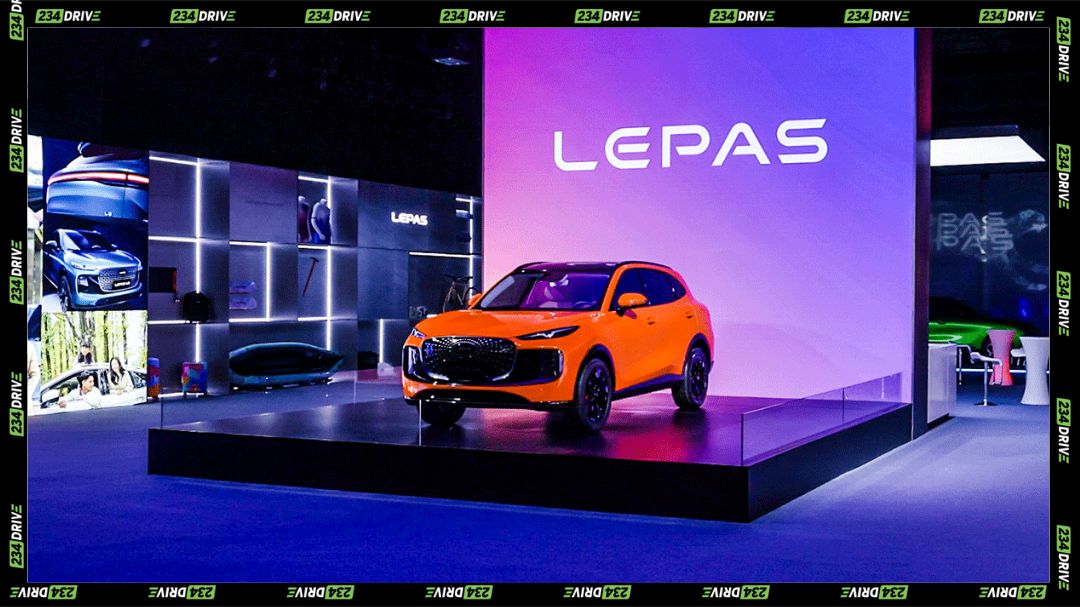
The brand’s arrival matters for several reasons. It adds another competitor to South Africa’s booming SUV market at a time when Chinese automakers are gaining traction with feature‑rich, competitively priced models. It also strengthens the case for hybrids in South Africa, where electrification is slowly taking hold but remains limited by infrastructure. For consumers, Lepas represents an opportunity to access higher‑end design and technology at more accessible price points compared to German, Japanese, and Korean rivals.
There are, however, risks and uncertainties. Timelines for launches in emerging markets can shift due to logistical issues, certification requirements, or broader economic conditions. Brand trust and long‑term reliability will also be critical factors in shaping consumer perception, especially in a segment where resale value matters. Hybrid rollout timing remains a key unknown, as delays in introducing electrified options could weaken Lepas’s competitive positioning against rivals that already have hybrids on offer.
Despite these challenges, Lepas is positioned to make a strong impression in South Africa. Its mix of bold styling, premium features, and likely competitive pricing could resonate with younger professionals and families seeking alternatives to traditional luxury SUVs. If Chery can deliver on its promises of hybrid integration and strong aftersales support, Lepas may well become a cornerstone of the brand’s growth strategy in Africa.


